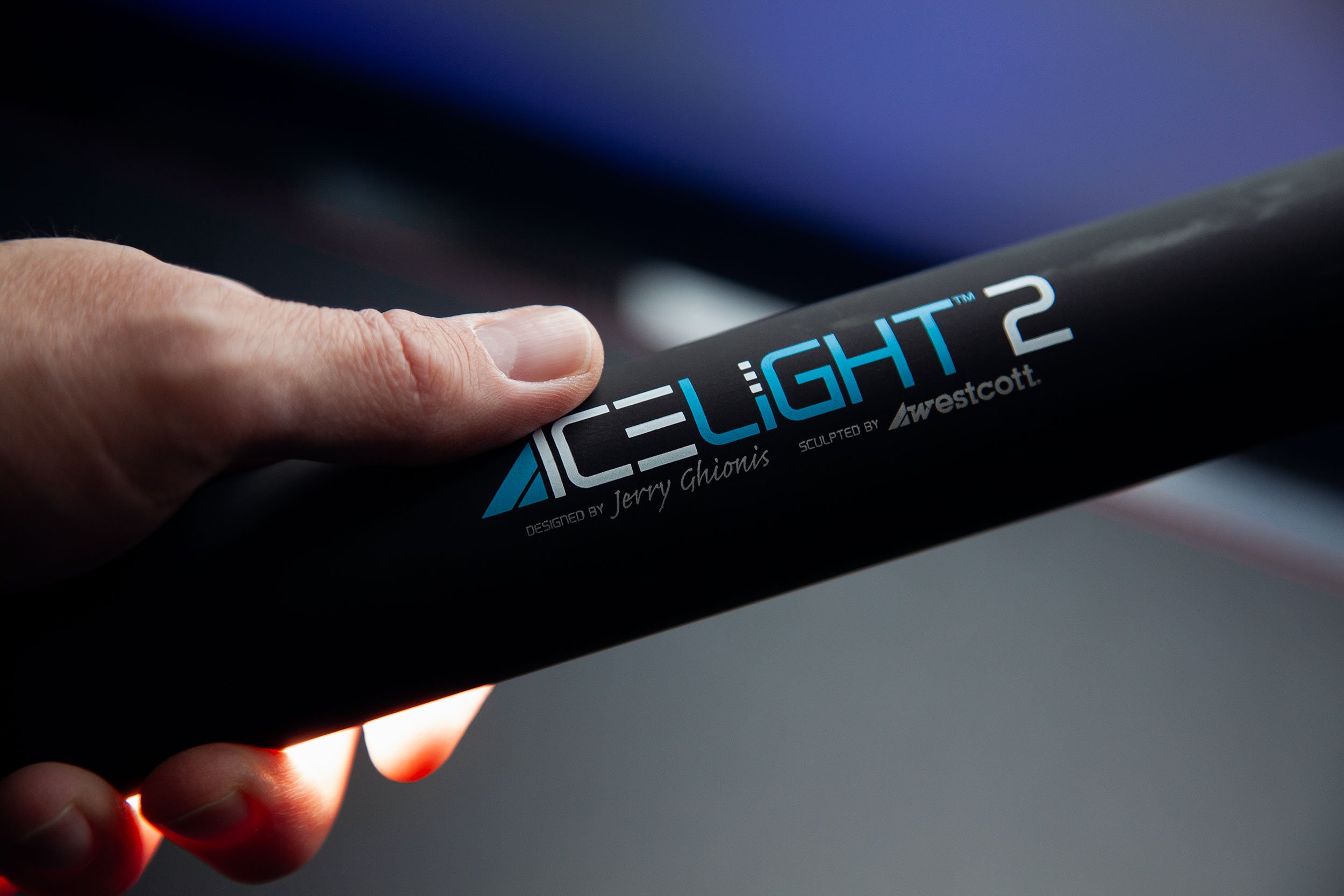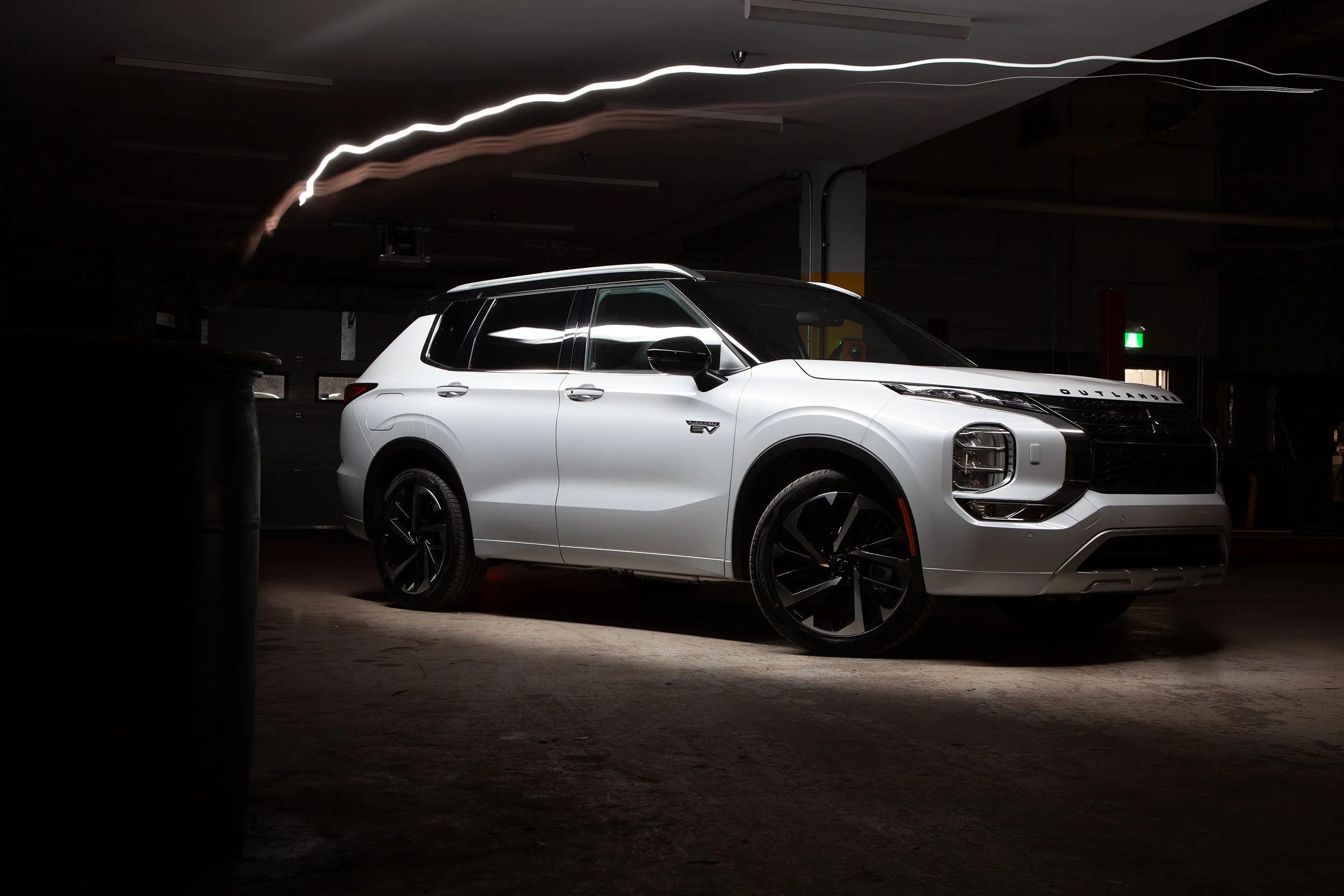Westcott Ice Light 2: The Best Light Painting Tool for Car Photography
At the time of this writing, Westcott has announced that the Ice Light 3 will be coming sometime in 2024, nine years after the release of the Ice Light 2.
I’ve written numerous posts discussing automotive light painting. That includes the techniques and tips I believe will make your light painting most successful and the tools I use for light painting cars. Most of my light painting tools, including the Westcott Ice Light 2, my primary light source, have been in my repertoire for years.
With the imminent release of the Ice Light 3, I thought it would be a good time to look back on the current Ice Light 2. I have never really explained why I have such high praise for this tool, so in this post, I’ll discuss its features and qualities and why I think it is the best and most essential tool for automotive light painting. I’ll also discuss what improvements and changes I hope to see in Ice Light 3.
Photographing automobiles in dark locations and after the sun sets requires planning and attention to detail, and lighting plays a pivotal role in achieving great results. Having a reliable device as your light source is critical; this is where the Ice Light 2 shines.
My journey started in late 2015 when I wanted to jump into light painting cars. I dove into online research, reading articles and reviews and watching videos. At this time, there was nowhere local where I could see the Ice Light (there still isn’t one), so I had to go by what I found online to guide my decision. The Ice Light 2 was very expensive and a significant investment that took a bit of deliberation. In early 2016, I decided to order it.
How Is the Westcott Ice Light 2 Used in Automotive Photography?
The Westcott Ice Light 2 is a portable LED light to light-paint cars. Light painting involves moving around the car while holding the device, lighting portions of the car as desired, giving you creative freedom with how a car is lit in the scene, and producing a dramatic and impactful photo.
Design and Build
The Westcott Ice Light 2 has a subtle yet purposeful design. Beyond its aesthetic appeal, the Ice Light 2 has a practical and ergonomic construction. It’s solid and has some weight, but not too much to make it tedious to use, which is a plus when maneuvering around cars in various shooting environments. Just holding this device, you are positive that it’s durable and built of quality.
Performance
The Ice Light 2 contains 96 LEDs that provide consistent illumination. With a colour temperature of 5500K (pure white) and without any added gels, this light produces natural-looking results that complement the visual aesthetics of automotive photography and ensure that it does not alter the original colour of the subject vehicle. The Ice Light 2 has 18 illumination stages to allow brightness settings to be adjusted. These settings can be controlled on the device’s base or remotely using the Westcott app via Bluetooth.
The light itself comes from a frosted diffusion panel. This light source emits a soft and even spread of light, and barn doors are available if you want more control over light direction. The light minimizes harsh shadows and works wonderfully for exterior bodies and interior details.
Usability
This unit is minimal in design and has easily accessible options. The control panel located at the unit’s base adjusts brightness levels. The base also includes display panels and control buttons. One arrow button increases the brightness, and another arrow decreases it.
The Ice Light 2 has a rechargeable lithium-ion battery estimated to have around 1.5 hours of continuous runtime on a single charge. I use the unit about 15 seconds at a time when light painting and do so dozens of times during a shoot. I don’t think that would add up to even an hour, but I have used this for multiple shoots between charges, and it has never run out of juice, even after weeks between charges.
The device also includes mounting threads on both ends, allowing you to attach it securely to a tripod or, in my case, a monopod. Initially, I thought this was a nice feature that, based on my application with automotive subjects, I would never use, but I do so every time I light-paint a car now.
Westcott also has an app for the Ice Light 2. It’s simple to operate and connects via Bluetooth, allowing you to see your charge level and adjust the brightness via a slider. This would benefit portrait and fashion photographers, as you could attach the Ice Light to a stand, and adjusting through the app and from a distance would be more convenient. However, shooting automotive with the device in my hand exclusively, I never use the app, although I did test it a few times, and it does what it is meant to do well.
Ice Light 2 for an Automotive Photographer
I purchased the Ice Light 2 in 2016 and have used it on countless shoots. With my experience, I have a good idea of what I love about this device, and even though I think it’s the best light painting tool for automotive photography, a few things about it are annoying.
The Ice Light 2 has fantastic build quality, contributing to its durability; it’s easy to use, always seems charged, and produces stunning results. I also got the barn doors when I purchased mine, and I feel they make a considerable difference. Being able to close the barn doors down and direct the light more precisely helped get less of me in the shot. Without them, I would sometimes get my ghost in the shot, especially my feet, and the barn doors help minimize that possibility.
In addition, I frequently attach the Ice Light to a monopod. This allows me to have extended reach for areas I could not with the device, such as high over an SUV or low under the vehicle. It also allows me to get further away from the light source, eliminating the potential of ghosting of myself in the photo.
High light pass at 13 secs. - Ice Light 2 with monopod
Accessories
As of today, the Ice Light 2 seems to be potentially discontinued. B&H has no stock, and the Westcott website no longer lists the item, so I can’t verify what exactly comes with it or if you can order it.
My Ice Light 2 came with a cloth sleeve, which is very helpful. Although the device is well-built, I appreciate the added protection. It has both a hand strap and a shoulder strap. The sleeve provides sufficient protection if it’s attached to a backpack or if you have it loose in the trunk of your car, as it won’t roll around too easily.
A wall charger and a car charger were also included. I have never used the car charger, although this could be useful for many hours in the field shooting on-site. However, as noted, the device holds a charge extremely well.
Finally, a tungsten gel was also included if you wanted to change the colour of the light emitted. I have never used this, and it still sits in the original box in which the Ice Light came.
Where They Need to Improve (Not Much)
There are a few “upgrades” that the Ice Light 3 will almost certainly have. Longer battery life, quicker charging, and brighter LEDs. They will also probably move around a few of the buttons and displays to what they consider to make it easier to use. A perfect accessory is a rare thing, and the Ice Light 2 is no exception; a few aspects of the Ice Light 2 can be annoying for automotive photographers.
First, the device’s displays are well-illuminated, allowing you to see the indicated power easily in any light. However, in scenarios of shooting in considerable darkness, it’s easy for any light source to show up unexpectedly in your shots. As a result, the lights on the base can show up as streaks across your image. This can be masked out in post-production; however, if the streak goes in front of your subject, it can ruin your exposure or be difficult to mask out effectively.
Due to a few ruined exposures, I covered the lights with black electrical tape, eliminating the issue. This means I can’t see my power level, but I use it near the highest brightness level most times and adjust the power as needed based on my captures, which I review after every frame. In summary, it’s not a deal breaker that I can’t see that info, but it would be nice to turn off the displays easily on the Ice Light 3 or have some cover over them.
Base with electrical tape covering display
Conclusion
I was unaware that the Ice Light 3 was coming this year. In fact, after nine years, I thought they would stick with the Ice Light 2. I’m looking forward to seeing what this new device includes and its advantages over the current Ice Light 2 to see if it warrants an upgrade.
With the imminent release, it’s worthwhile to reflect on the role the Ice Light 2 has played in my automotive light painting and photography. It has been a trusted companion that has never let me down. However, I do acknowledge that there are minimal areas for improvement.


